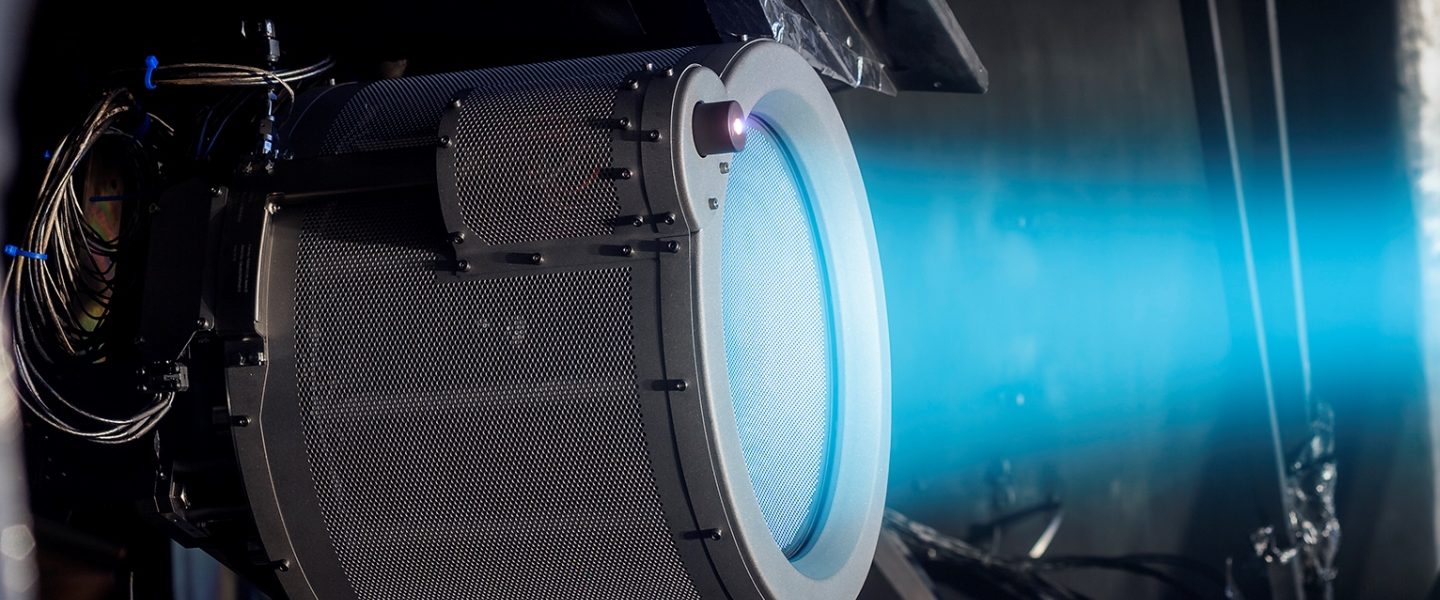The BepiColombo spacecraft flies past Venus for a second time on 10 August 2021 on its way to Mercury.
It has already flown back past Earth and will fly past Mercury six times before it slips into its orbit in 2025. A full size engineering model of the spacecraft is on display in the museum.
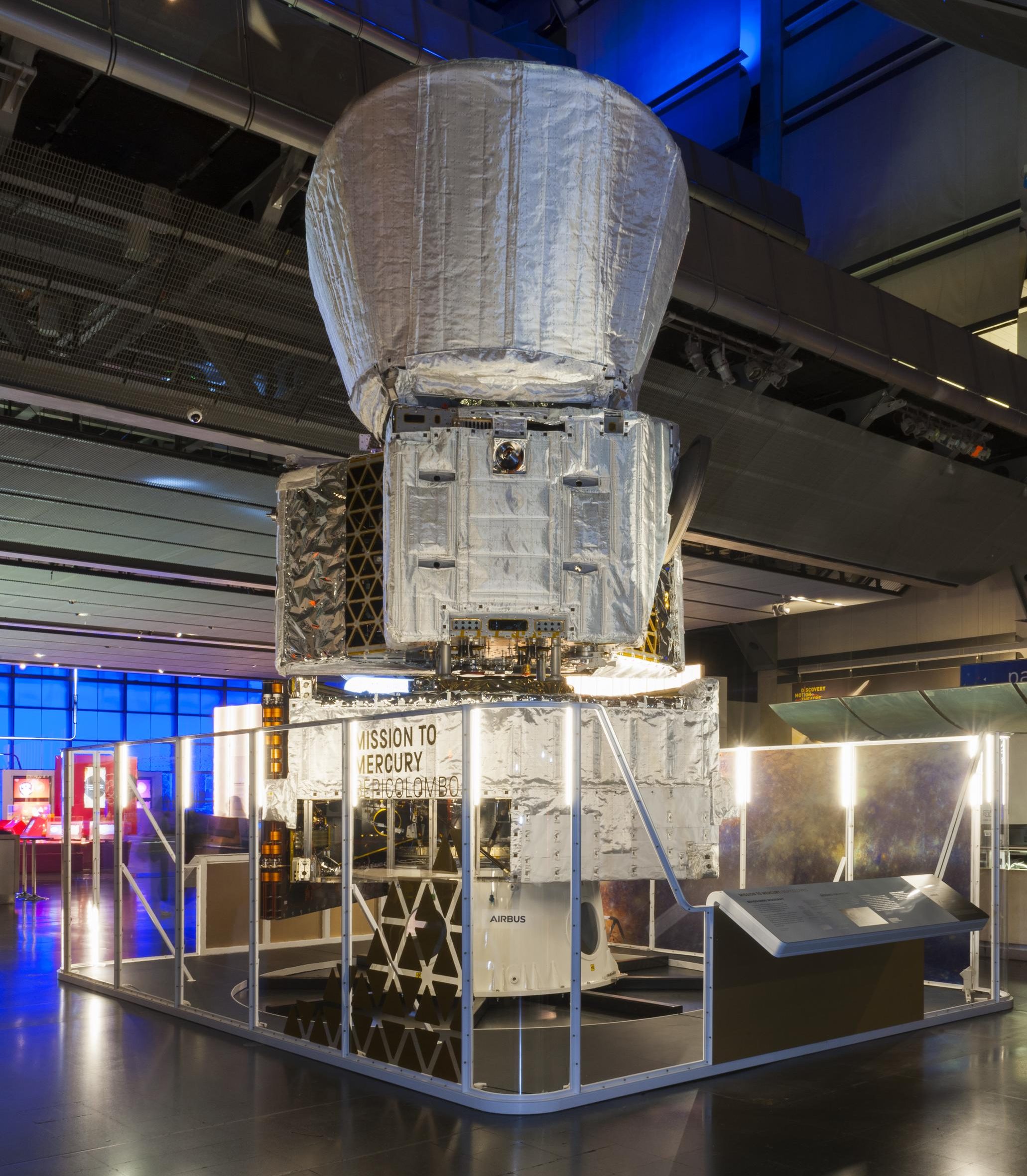
Why this sight-seeing of the solar system?
It is all down to saving money. To get to Mercury a spacecraft once launched has to slow down. The deceleration is needed to counter the immense gravitational pull of the sun which, unchecked, would just swallow BepiColombo without it being able to orbit Mercury at all.
If money were no object then large, conventional retro-rockets could be fired against the direction of travel to slow the spacecraft down.
To save money BepiColombo exploits the gravitational fields of Venus, Earth and Mercury itself to carry out that slowing. The technique was identified by Giuseppe ‘Bepi’ Colombo after whom the spacecraft is named.
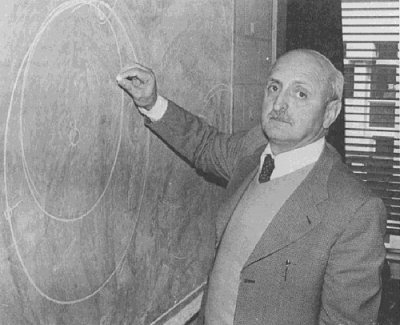
But the planetary assists are not sufficient to bring BepiColombo safely to Mercury, ready to release the two satellites it’s carrying into orbit.
Solar-powered ion engines, like the one now on display in the Science Museum below, perform that task … gently and slowly.
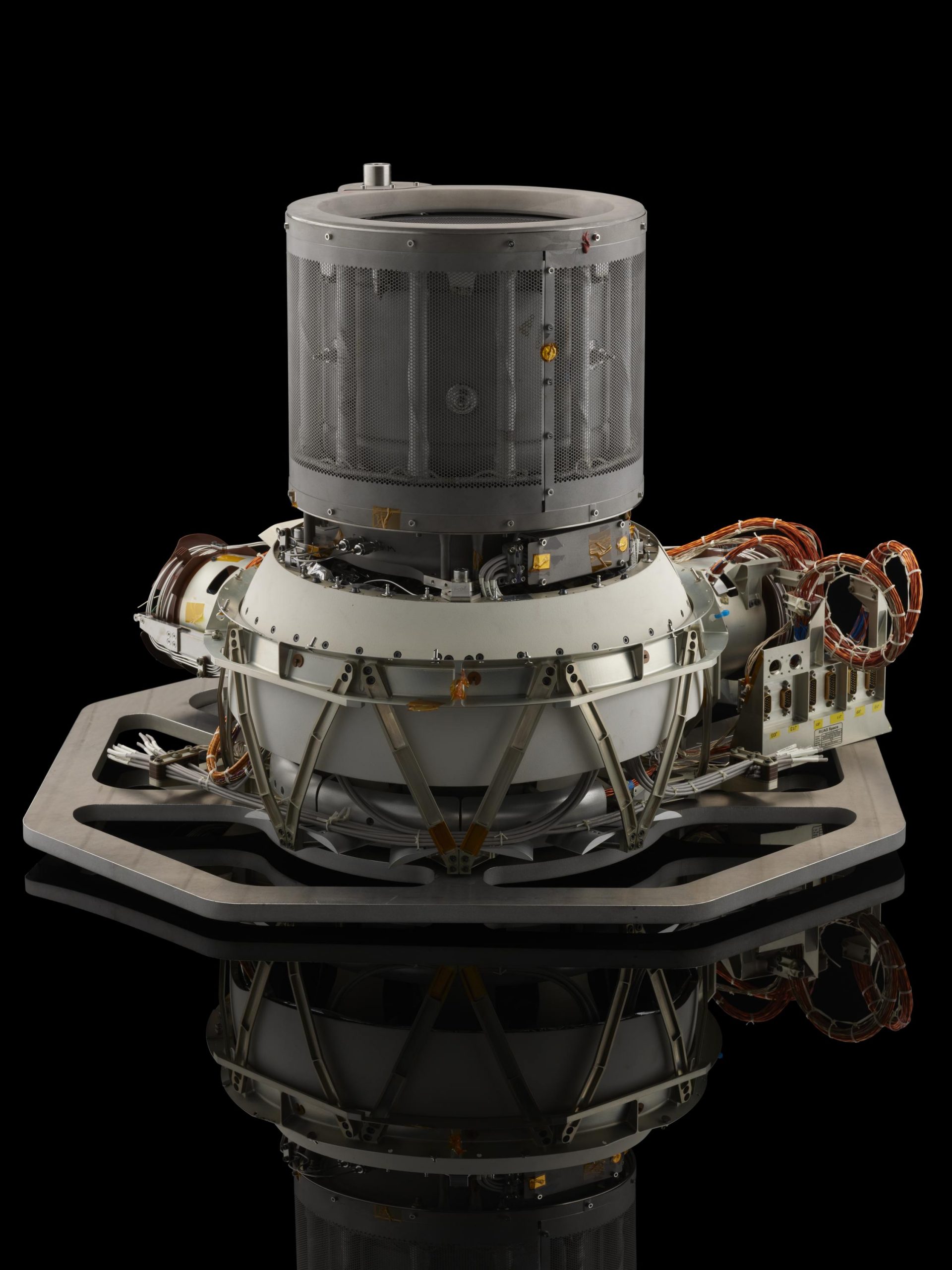
They trim and nudge the spacecraft in its multi-billion km journey to Mercury and then provide that little extra braking when on the final approach to the planet.
They do this using far, far less propellant than conventional engines would use so lowering the price of the mission dramatically.
How do they work?
Ion thrusters do not burn fuel like a regular rocket engine.
Instead, xenon gas is fed into the thruster chamber and bombarded by high energy electrons fired from a hot cathode. These in turn knock electrons off the xenon atoms creating positively charged ions. These are then accelerated by a negatively charged grid and out of the thruster. By this time the ions are travelling at about 50,000 metres per second!

This exhaust – glowing blue – then imparts a gentle force on the engine and it moves off, slowly but surely, in the opposite direction (as described by Sir Isaac Newton’s laws of motion).
These electric thrusters, powered by BepiColombo’s solar arrays, can fire for days and weeks on end, their cumulative effect enabling the necessary adjustments to the spacecraft’s trajectory to be carried out successfully.
Ion engines have been around for many years and have been used to help re-orientate satellites orbiting Earth that need to be turned to point in the right direction.
The UK’s Black Arrow rocket was due to launch a satellite in the 1970s to test the design of early ion engines.
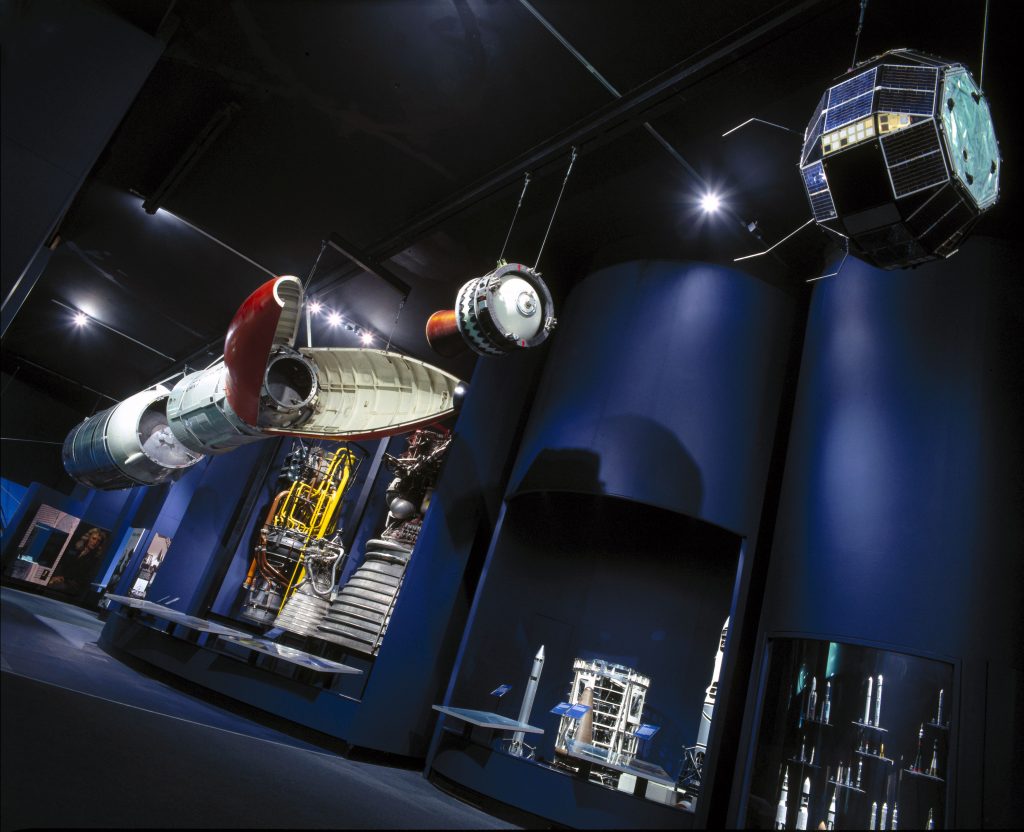
Black Arrow was cancelled in 1971 and the proposed X5 satellite never flown. But the ion engines it would have carried are the ancestors of those now aboard the BepiColombo spacecraft as it cruises on its way to Mercury.
Find out more about our BepiColombo display in the museum on our website.
